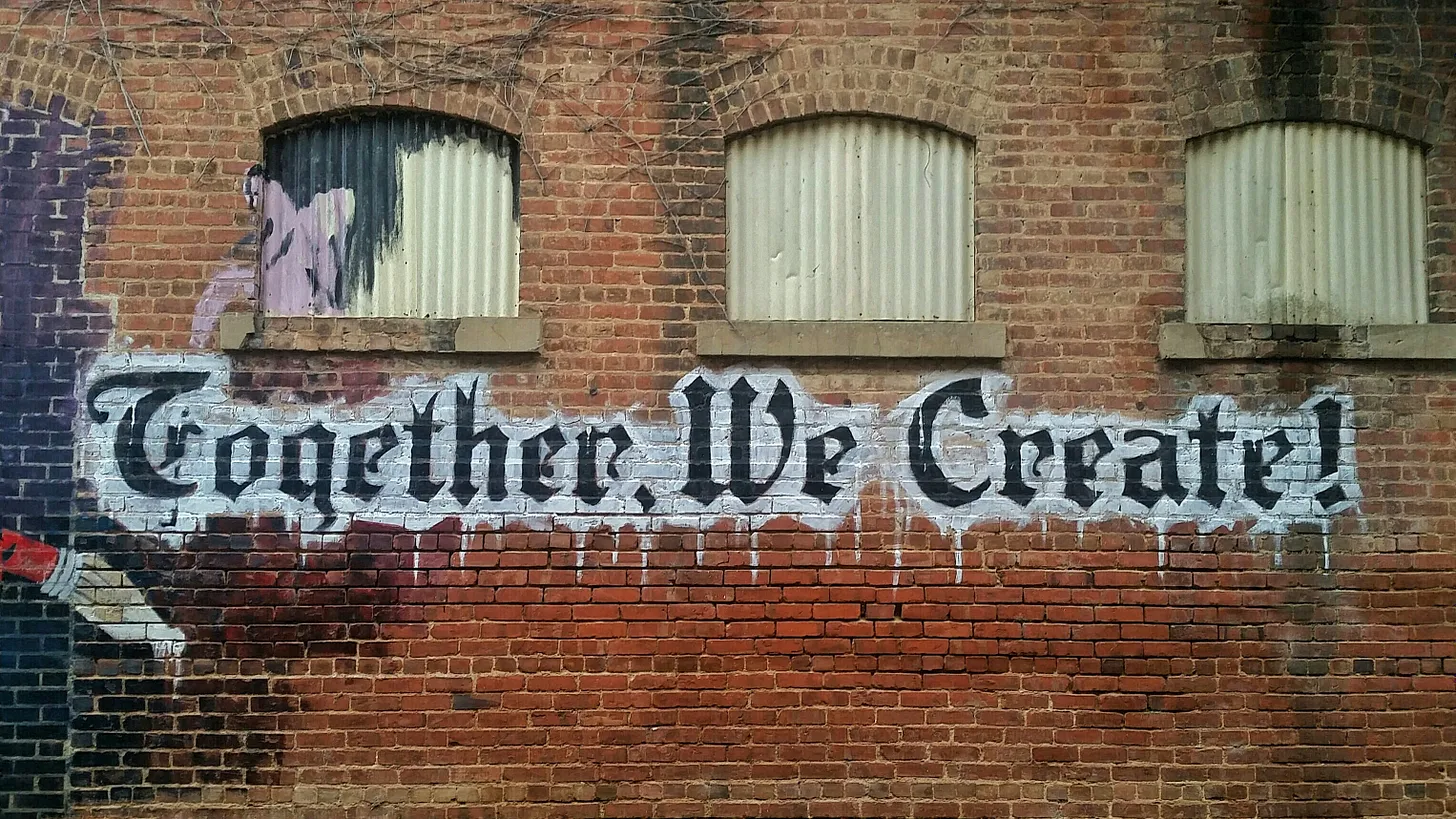
Things we just take as part of daily life like general chit-chat, the sights and sounds of the daily commute, or worse an open plan office of 100s all on video calls shouting with cheap headphones, or the unstructured, poorly delivered “Agile” teams created to mask inefficiencies can create un-manageable and distressing experiences for adults with autism that can lead to misunderstood behaviours resulting in disciplinary action, or the complete inability to function at work.
A colleague once confided in me that their daily routine involved several trips to the bathrooms to cry for half an hour because it was the only place in the building where it was quiet. I confessed to them that I frequently disappear for long periods for the same reason and had never admitted it to anybody before.
Does this sound familiar?

Creating Supportive Work Environments
We need to get better at thinking about working environments that allow everyone to work at their absolute best. Maybe that environment isn’t inside at all, or at least not the whole time.
Introducing sensory-friendly spaces isn’t hard, but it’s a fine balanced art just like any other form if interior and industrial design. Global design, architect and engineering for HOK mention a variety of approaches In their Neurodiverse Workplace report including deeper considerations for creating spaces that are memorable and that use a rhythm of common elements to generate a reassuring sense of order and thus assist the brain’s innate positioning systems. Such design should, at the same time, avoid confusing repetition of identical spaces or features which includes consistent and unambiguous signposting and navigation systems.

The physical space needs to support everyone before you can even begin to think about work policies and processes that will improve the quality of life for everyone, not just those with non a-typical brains.
Once the space is down, working on better communication channels and tools is essential. Let’s talk about Slack.
Slack is a wonderful enabler for business, as is any instant-messaging service. However, when it is not accompanied by a well defined set of usage terms and etiquettes it can become an overwhelming deluge of information.
Constant message popups and bubbles and dots can easily distract and derail productivity and creative thinking for a neurodiverse colleague. Working with them to disable notifications, alerts and other attention seeking settings, along with shared understanding of when you are expected to respond to a message and when it can wait is essential for successful communication. Same goes for emails, texts and yes your endless obsession with video-on meetings back to back. Just stop it, nobody benefits.
Tailoring Recruitment and Training Processes

Now your environment is inviting to the neurodiverse community, you need to get them to join you, and you want them to stay and prosper. Now you got to overhaul the way we do recruitment.
If you want to leave someone in knots of anxiety and fight or flight feelings, then don’t bother responding to applications, and definately don’t respond to them with useable, meaningful feedback if they’re unsuccessful.
Focus on assessing skills rather than relying solely on traditional interviews, which might be challenging for autistic candidates. If you have a genuine need for some kind of skills assessment (yes, those irritating task tests) then be clear on what is expected, and how you’ll be assessing the information. That’s regardless of whether it is a pre-interview task, or as part of the interview itself.
Instructions should be clear on how the interview process works, and what will happen at each stage. GitLab does a great job of publishing this process for both hiring managers at the company and candidates with their Candidate Handbook.
Embracing Neurodiversity: A Win-Win Approach
I hope that in reading this you’ve come to realise that, just like mobile-first, and in turn accessible by default design, embracing neurodiversity benefits not only autistic individuals but also the tech industry as a whole. Diverse teams drive innovation and creativity. By fostering an inclusive culture that celebrates differences, businesses can harness the unique strengths of autistic employees, leading to enhanced problem-solving and increased productivity.
It’s 2023 and the next generation of incredible designers, programmers, thinkers and creatives need you to think about how your business functions, feels and looks and realise that there’s a good chance you need a ground-up rebuild. What better way to do that than by inviting a diverse and dynamic group of individuals to redesign your building, your policies, and work together to create businesses that will last then next phase of the digital evolution?
